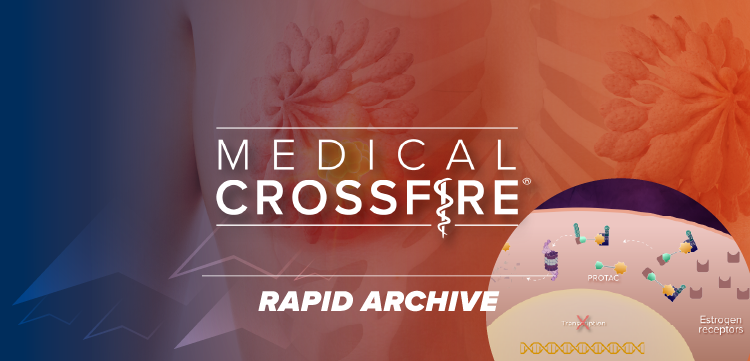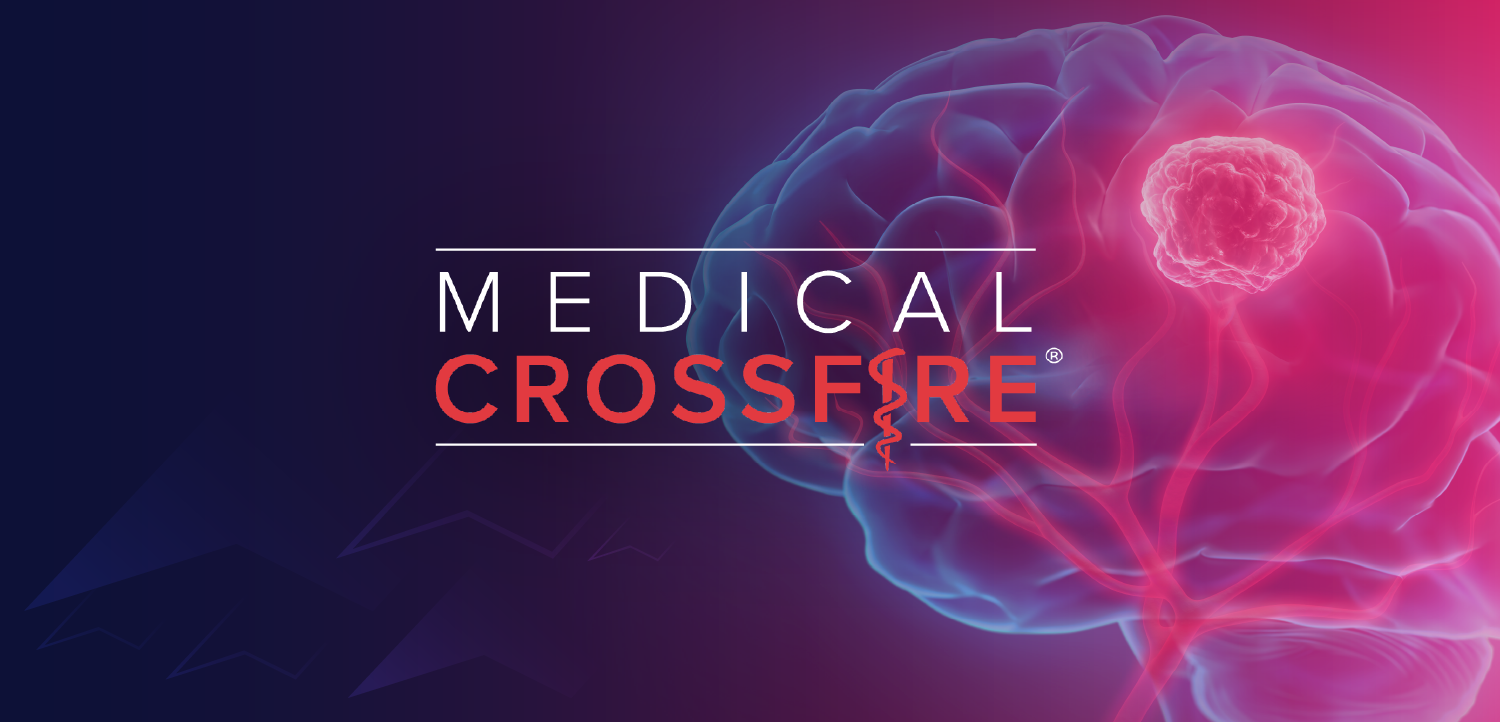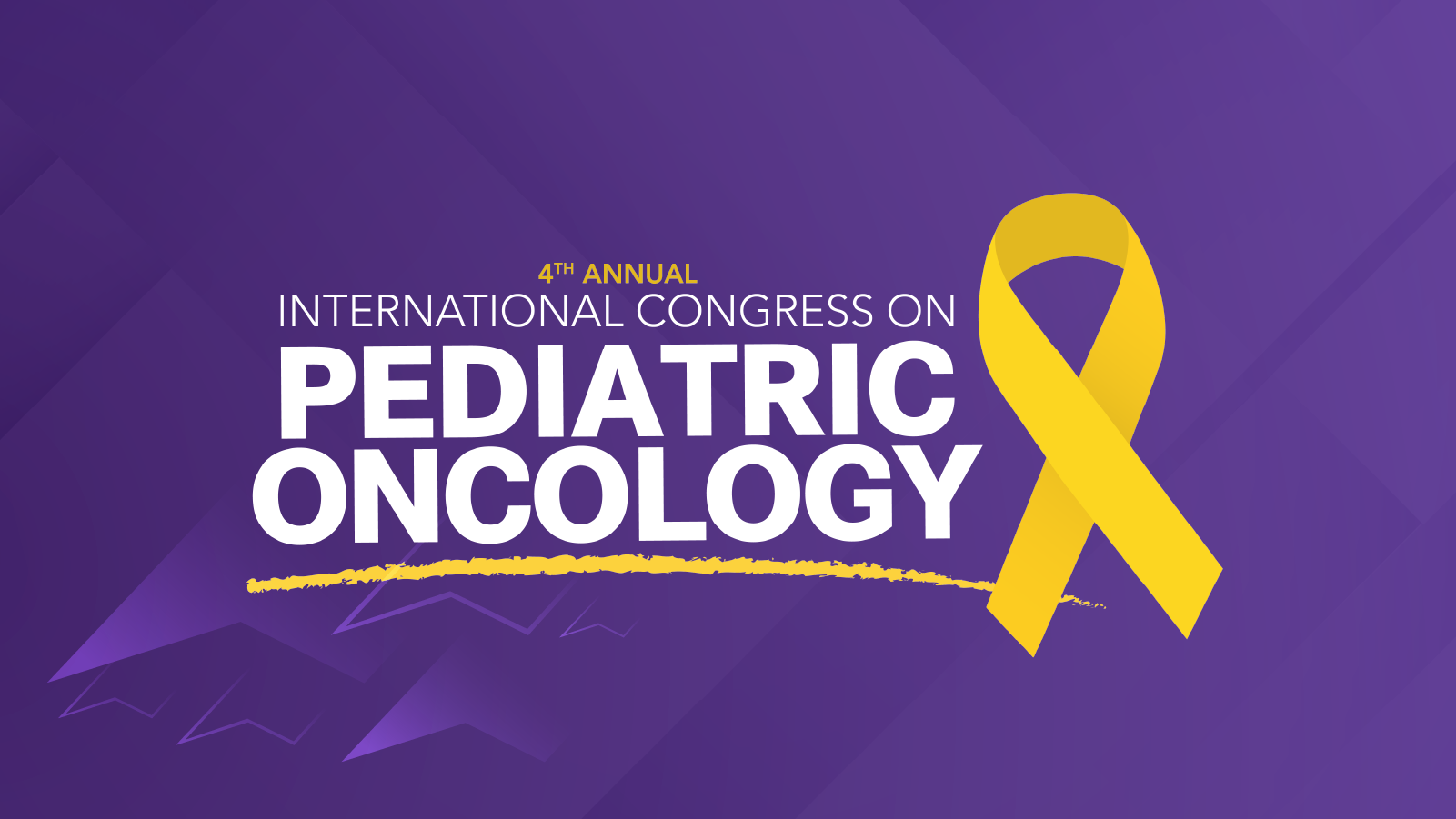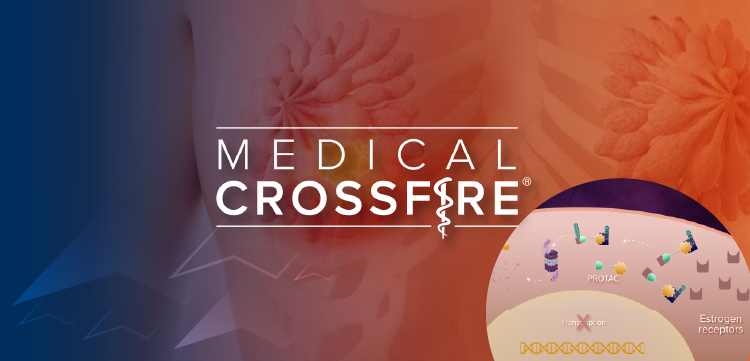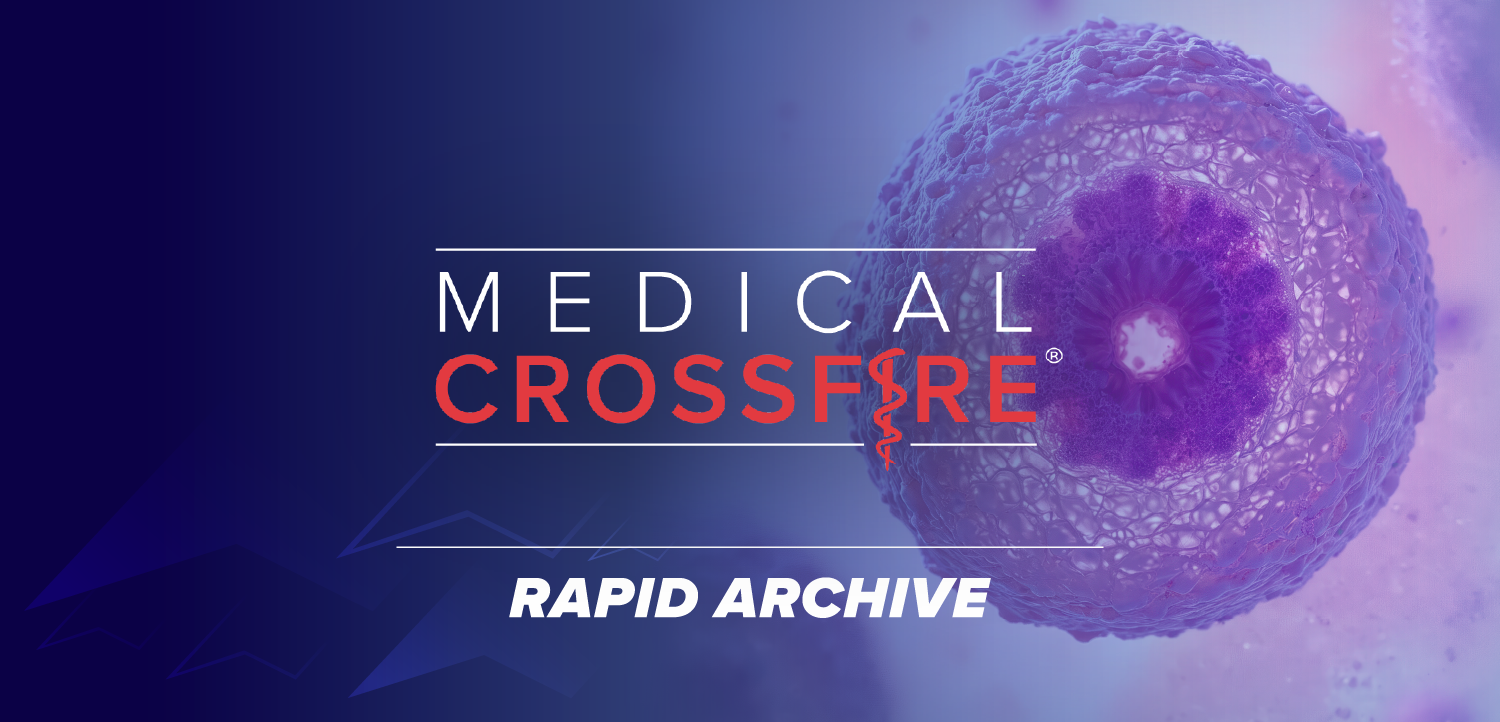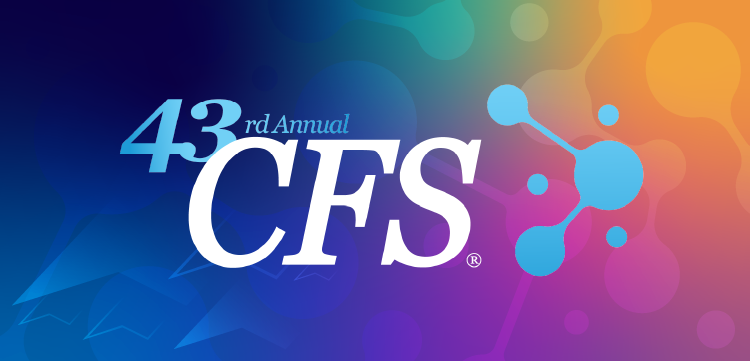A recent decision analytic modeling study published in JAMA Network Open provides timely evidence on the cost-effectiveness of 2023-2024 COVID-19 mRNA vaccination in US adults aged 18 years and older. The study concluded that vaccination is cost-saving for adults aged 65 and older, cost-effective for those aged 50 to 64 years, and less economically favorable, but potentially beneficial under specific conditions, for adults aged 18 to 49 years.1
Researchers simulated hypothetical cohorts stratified by age groups (18–49, 50–64, and ≥65 years), comparing outcomes for vaccinated versus unvaccinated immunocompetent adults over a one-year analytic horizon. Vaccination consistently averted substantial numbers of COVID-19 cases, hospitalizations, ICU admissions, and deaths across all age strata.1
Key findings indicate that COVID-19 vaccination was cost-saving for adults aged 65 years and older, while for adults aged 50 to 64 years, the incremental cost-effectiveness ratio (ICER) was $25,787 per quality-adjusted life-year (QALY) gained. In adults aged 18 to 49 years, the ICER was higher at $115,588 per QALY gained, with economic favorability in this group being sensitive to variables such as vaccine cost, effectiveness, and the probability of hospitalization.1
Sensitivity analyses demonstrated robust cost-effectiveness among older adults, while results for younger adults varied depending on model inputs. Secondary analyses assessing an additional vaccine dose found economic favorability only in high-risk scenarios for adults ≥65 years.1
These findings reinforce the evolving importance of dynamic economic evaluations as COVID-19 vaccine effectiveness and disease burden continue to change. The results informed the Advisory Committee on Immunization Practices’ (ACIP) 2023-2024 COVID-19 vaccination recommendations.1
Contextualizing Rising COVID-19 Cases and Narrowed Booster Access
Earlier this week, rising COVID-19 case trends across the United States, especially in the South and Midwest, were reported alongside concerns about restricted access to updated booster vaccines. Despite federal efforts to limit booster eligibility mainly to adults aged 65 and older and high-risk individuals, low vaccine uptake, only 23% for updated boosters among adults as of April 2025, coupled with immunity gaps, raises the risk of a late-summer surge.2
What You Need To Know
COVID-19 vaccination is cost-saving for adults aged 65 and older and cost-effective for those aged 50 to 64 years, supporting continued prioritization in these groups.
Vaccination benefits for adults aged 18 to 49 years are less clear and depend heavily on vaccine cost, effectiveness, and hospitalization risk, indicating the need for targeted strategies.
Ongoing shifts in federal vaccine guidance and low booster uptake pose challenges for clinicians, underscoring the importance of dynamic, individualized decision-making, especially for pediatric and high-risk populations.
This report aligns with the JAMA study's conclusions highlighting that vaccination remains economically attractive and clinically critical for older adults, while benefits for younger populations depend on individual risk factors and vaccine accessibility.
In a recent interview, Jeremy Faust, MD, emergency clinician at Brigham and Women’s Hospital and assistant professor at Harvard Medical School, discussed the complexities clinicians face with rapidly changing federal COVID-19 vaccine guidance, particularly for children. After federal agencies narrowed vaccine indications primarily to children with documented high-risk conditions, clinicians now grapple with applying nuanced “shared clinical decision-making” frameworks.3
Faust emphasized the practical challenge in identifying high-risk pediatric patients early, noting that many serious conditions manifest only after acute illness requiring hospitalization. This evolving guidance reflects broader concerns about vaccine access and uptake amid shifting epidemiology and public health priorities.3
Together, these developments underscore a critical challenge for clinicians: balancing evidence-based vaccine efficacy, fluctuating public health policies, and real-world patient vaccination behaviors. As federal agencies redefine vaccine eligibility and epidemiologic patterns shift, continued vigilance and adaptable clinical decision-making remain essential, especially for protecting older and high-risk populations.
References
1.Prosser LA, Wallace M, Rose AM, et al. Cost-Effectiveness of 2023-2024 COVID-19 Vaccination in US Adults. JAMA Netw Open. 2025;8(8):e2523688. doi:10.1001/jamanetworkopen.2025.23688
















